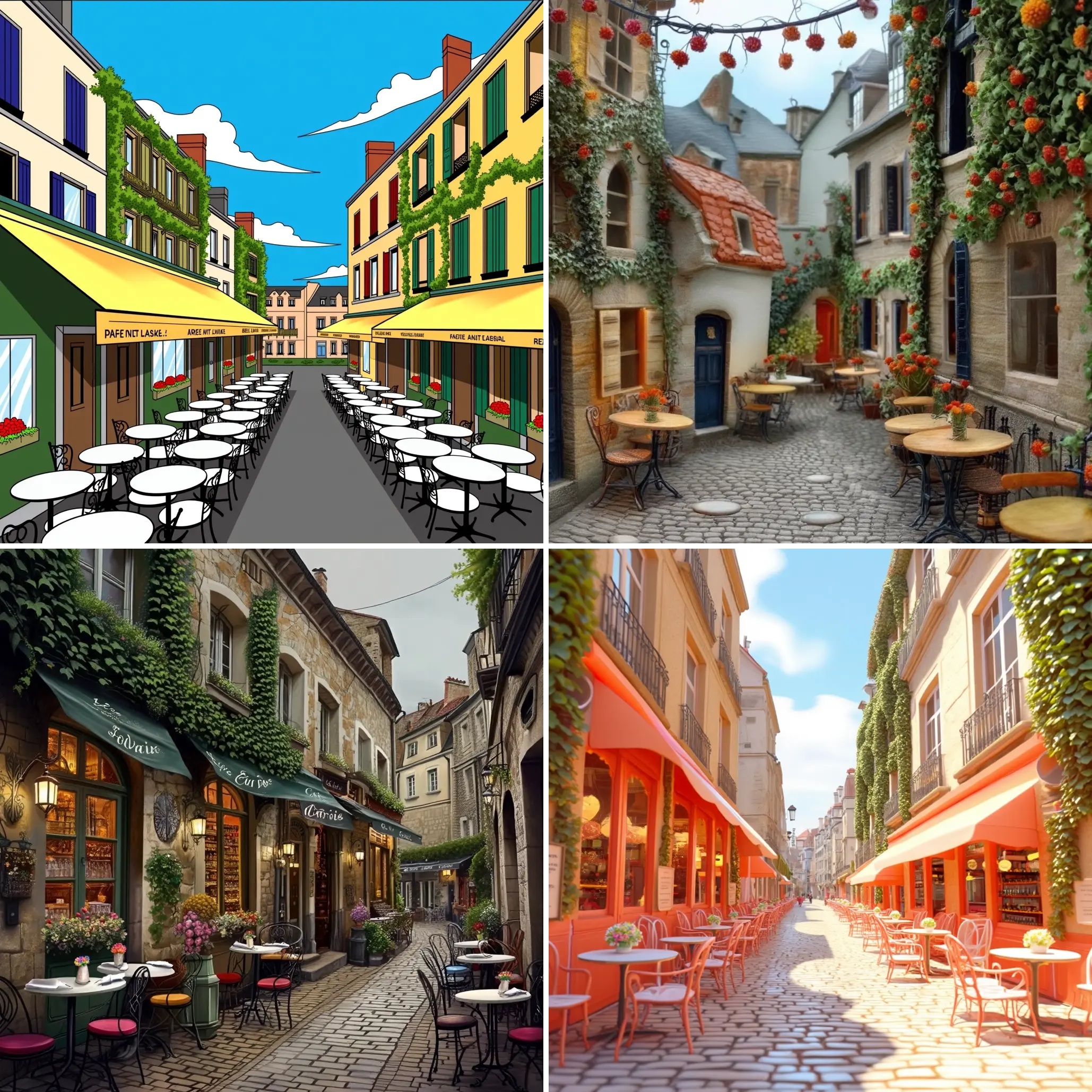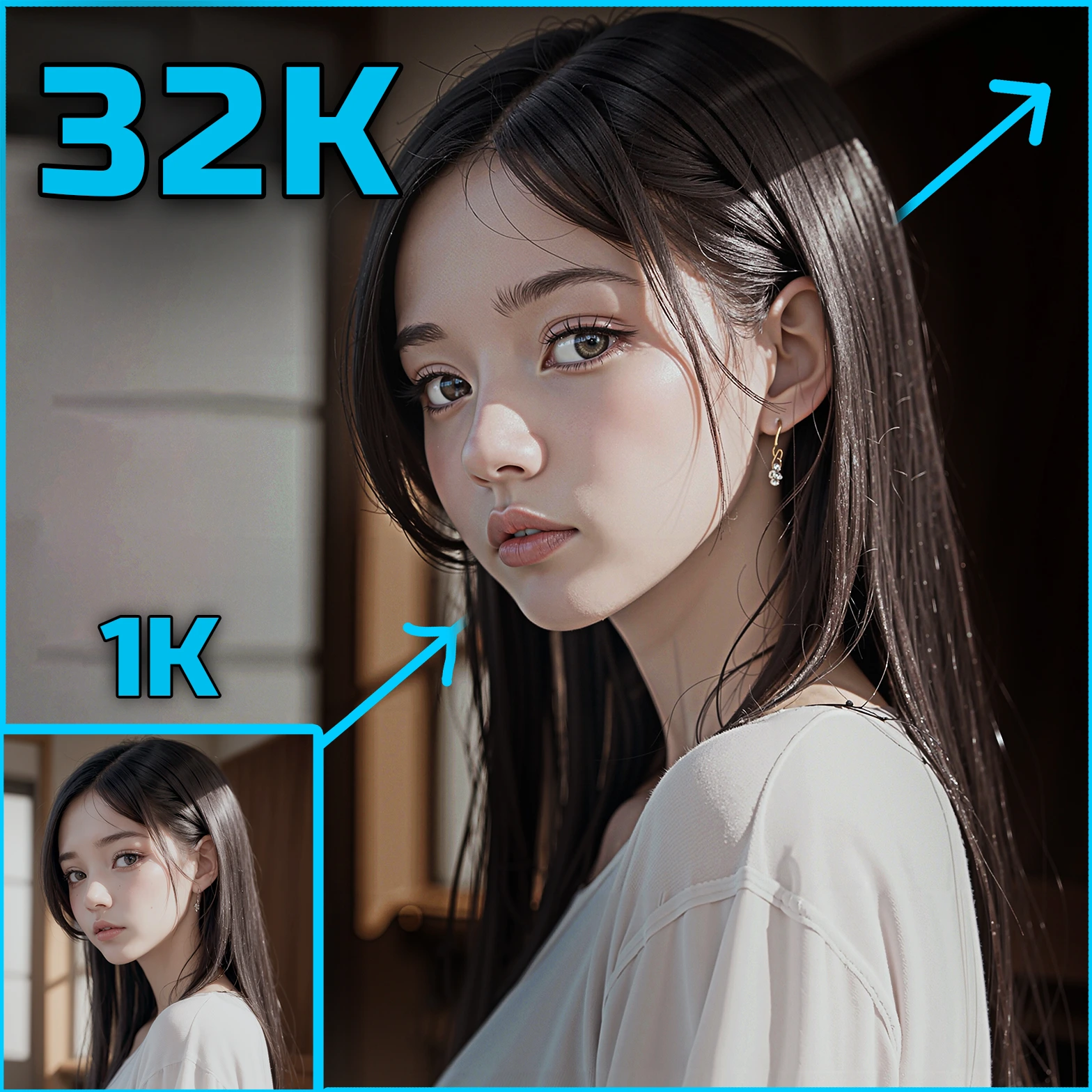ComfyUI Node: Frequency Separation Node
FrequencySeparation
Categoryimage/filters
risunobushi (Account age: 876days)Extension
comfyUI_FrequencySeparation_RGB-HSVLatest Updated
2024-06-14Github Stars
0.03K
How to Install comfyUI_FrequencySeparation_RGB-HSV
Install this extension via the ComfyUI Manager by searching for comfyUI_FrequencySeparation_RGB-HSV- 1. Click the Manager button in the main menu
- 2. Select Custom Nodes Manager button
- 3. Enter comfyUI_FrequencySeparation_RGB-HSV in the search bar
Visit ComfyUI Online for ready-to-use ComfyUI environment
- Free trial available
- High-speed GPU machines
- 200+ preloaded models/nodes
- Freedom to upload custom models/nodes
- 50+ ready-to-run workflows
- 100% private workspace with up to 200GB storage
- Dedicated Support
Frequency Separation Node Description
Decomposes image into high and low frequencies for targeted adjustments in image processing and editing.
Frequency Separation Node:
The FrequencySeparation node is designed to decompose an image into its high-frequency and low-frequency components. This technique is particularly useful in image processing and editing, allowing you to isolate fine details (high-frequency) from the broader color and tonal variations (low-frequency). By separating these components, you can perform targeted adjustments, such as enhancing textures or smoothing out areas without affecting the overall structure of the image. This node leverages Gaussian blurring to create the low-frequency image and subtracts this from the original to obtain the high-frequency image, ensuring that both components are in a consistent format for further processing.
Frequency Separation Node Input Parameters:
image
This parameter represents the input image that you want to process. The image should be in a tensor format with dimensions corresponding to batch size, channels, height, and width. The quality and resolution of the input image will directly impact the results of the frequency separation.
blur_radius
The blur_radius parameter determines the radius of the Gaussian blur applied to the image to create the low-frequency component. A larger blur radius will result in a smoother low-frequency image, while a smaller radius will retain more details. The value should be an odd integer to ensure proper Gaussian blur application. Typical values range from 3 to 21, with a default value often set around 5 for balanced results.
Frequency Separation Node Output Parameters:
high_freq_result
This output parameter provides the high-frequency component of the input image. It contains the fine details and textures that were isolated by subtracting the blurred (low-frequency) image from the original. This component is useful for tasks that require detail enhancement or texture manipulation.
low_freq_result
This output parameter provides the low-frequency component of the input image. It represents the broader color and tonal variations, achieved by applying a Gaussian blur to the original image. This component is useful for tasks that involve smoothing or color correction without affecting fine details.
Frequency Separation Node Usage Tips:
- To enhance textures in an image, use the high_freq_result and apply sharpening or contrast adjustments.
- For smoothing skin tones or removing blemishes, work with the low_freq_result and apply gentle blurring or color corrections.
- Experiment with different blur_radius values to find the optimal balance between detail preservation and smoothing for your specific image.
Frequency Separation Node Common Errors and Solutions:
Error processing image {i + 1}/{batch}: {e}
- Explanation: This error occurs when there is an issue processing a specific image in the batch, often due to incorrect image dimensions or data types.
- Solution: Ensure that all input images have the correct dimensions and are in a compatible format. Check for any anomalies in the image data that might cause processing errors.
No valid images processed. Please check input image dimensions.
- Explanation: This error indicates that none of the images in the batch were successfully processed, likely due to incorrect input dimensions.
- Solution: Verify that the input images have the correct dimensions (batch size, channels, height, width) and that they are properly formatted as tensors. Ensure that the images have three channels (RGB) and are not corrupted.
Frequency Separation Node Related Nodes
© Copyright 2024 RunComfy. All Rights Reserved.
RunComfy is the premier ComfyUI platform, offering ComfyUI online environment and services, along with ComfyUI workflows featuring stunning visuals. RunComfy also provides AI Playground, enabling artists to harness the latest AI tools to create incredible art.






